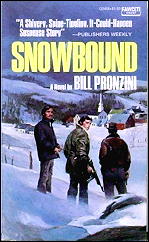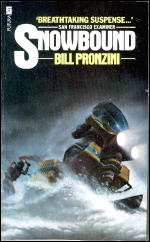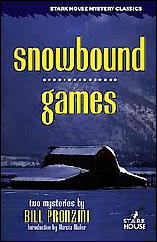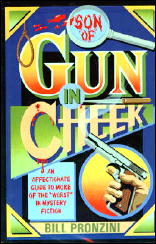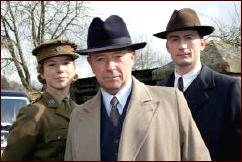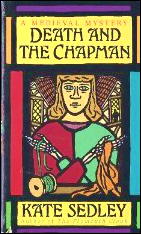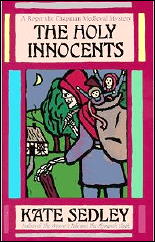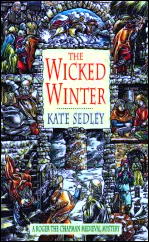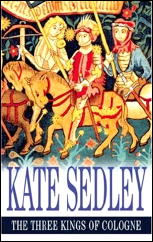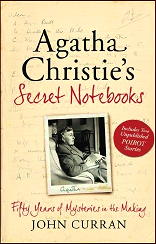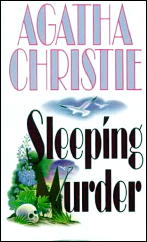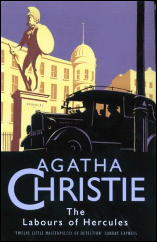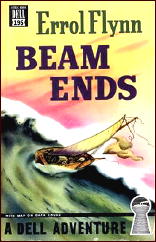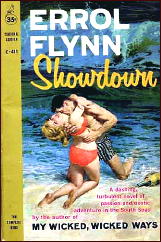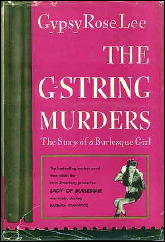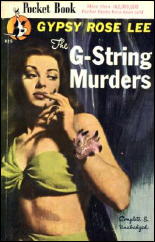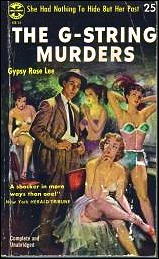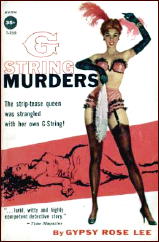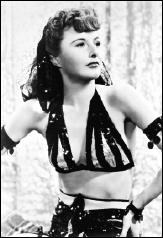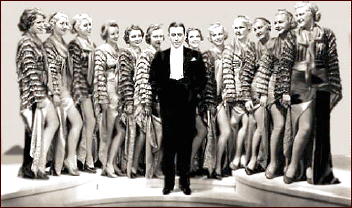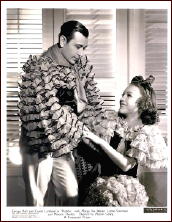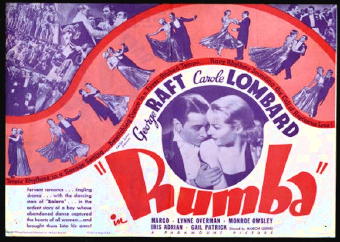Sat 29 May 2010
Character vs. Plot in Detective Fiction, by Bill Pronzini.
Posted by Steve under General[13] Comments
by Bill Pronzini.
A character-driven detective novel is one in which the plot develops entirely from the people who inhabit it, protagonists and secondary characters both — their psychological makeup, strengths, weaknesses, vulnerabilities, etc. The plot is not created first and the characters inserted to fit the prearranged storyline.
Whodunit, howdunit, detection are all less important than what happens to the people themselves; the impact on them of the crime(s) in which they’re involved; how they and/or the world they live in are altered by these crimes and by other external events, some within their control, some beyond it.
In a character-driven series, the protagonists and those close to them have personal as well as professional lives. And they do not remain the same from book to book; they evolve, change, make mistakes, better their lives, screw up their lives, love, marry, grieve, suffer, rejoice, you name it, the same as everybody else.
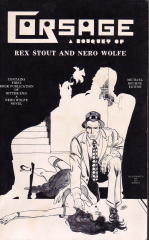
A plot-driven detective novel is just the opposite. Characters are subordinate to plot; the mystery, the gathering and interpretation of clues, the solving of the puzzle are of primary focus and importance. If the detectives have personal lives, they’re generally mentioned only in passing and treated as irrelevent.
This is not to suggest that this type is inferior to the character-driven variety; far from it. I’m a great admirer of the Golden Age writers — Carr (particularly), Queen, Christie, Stout — but their books mostly fall into the plot-first category.
The puzzle, the game is everything. Sir Henry Merrivale, Dr. Fell, EQ, Poirot, Nero Wolfe are all superb and memorable creations, but each remains essentially the same from first book to last. There is no evolution, no significant change. The crimes they solve have no real effect on them, or in other than a superficial fashion on the people good and bad whom they encounter.
One reads their adventures mainly for the cleverness of the gimmicks and the brilliance of the deductions (and in the cases of Wolfe and Archie for the witty byplay, and of H-M for the broad and farcical humor). With the exception of Wolfe and Archie, we never really get to know any of them all that well; and even with that inimitable pair, there are no significant changes in their lives or their relationship with each other.
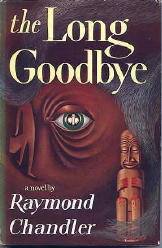
The private eye fiction of Hammett and Chandler is likewise plot-driven (remember Chandler’s oft-quoted remark that when he was stuck for something to happen, he brought in a man with a gun?). The mystery is dominant. As memorable as Sam Spade and the Continental Op and Philip Marlowe are, they’re larger-than-life heroes who remain pretty much the same over the course of their careers.
This is true even in The Long Goodbye, which many consider to be Chandler’s magnum opus (I don’t, but that’s another story); Marlowe’s complex relationship with Terry Lennox and its results, while a powerful motivating force, has no lasting or altering effect on Marlowe’s life.
Ross Macdonald’s novels, on the other hand, are character-driven to the extent that the convoluted storylines devolve directly from the actions past and present of the large casts of characters; but Lew Archer is merely an “I” camera recording events. His life and career remain unaltered by the crimes he solves or any other influences. We hardly know him; he hardly seems real.
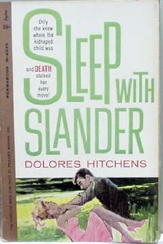
Contemporary private eye fiction tends to be primarily character-driven, in the sense that I used the term above. The cases undertaken by Thomas B. Dewey’s Mac, for instance, evolve from the complexities and eccentricities of the individuals he encounters; crime and violence have a profound effect on him as well as on those individuals, in subtle as well as obvious ways.
The same is true of Hitchens’ Long Beach private eye Jim Sader in Sleep with Slander, a book I’ve called “the best traditional male private eye novel written by a woman.” And of Lawrence Block’s Matt Scudder. And of Marcia’s Sharon McCone (see Wolf in the Shadows, her Shamus-nominated Vanishing Point). And of my “Nameless” series (Shackles, Mourners). All, for better or worse, character-driven and character-oriented. Which is why our readers continue to read us.
Editorial Comment: This essay by Bill is a repost. It first appeared here on this blog on 07 Aug 2007. It has belatedly dawned on me that it fits right in with the ongoing discussion that’s developed here on this blog about author Jane Haddam’s comments on hers about a review of one of her books I wrote and posted on mine about a year ago.
Whew! If this sounds complicated, it is, but if you go here and follow the links and read the comments, some 24 of them at the moment, all will be explained.
[UPDATE] About 15 minutes later. Synchronicity strikes again. I took a few minutes out to see what the the other crime-fiction bloggers have been talking about today, only to discover Ed Gorman reporting on a movie version of Boobytrap in the works, a suspense-filled standalone novel by Mr. Pronzini.
Congratulations, Bill! (And what took them so long?)
[UPDATE #2] 30 May 2010. It was either late last night or my mind suffered a small brain glitch. I really did know better. Here’s Bill’s email to me, received earlier today:
“Thanks for the posted congrats on the Boobytrap film deal. The irony is that it’s a Nameless novel and the first thing the Informant Media people did was to dump him and the rest of the series characters; their only interest was in the basic story, which they’ve also revamped from the novel version.
“Okay with me; I still retain all film rights to Nameless, not that there’s any likelihood he’ll ever appear on a big or little screen. But I suspect that I’m not going to like the film version much. Action films loaded with special effects, explosions, blood and gore leave me cold. But maybe it’ll surprise me.”
